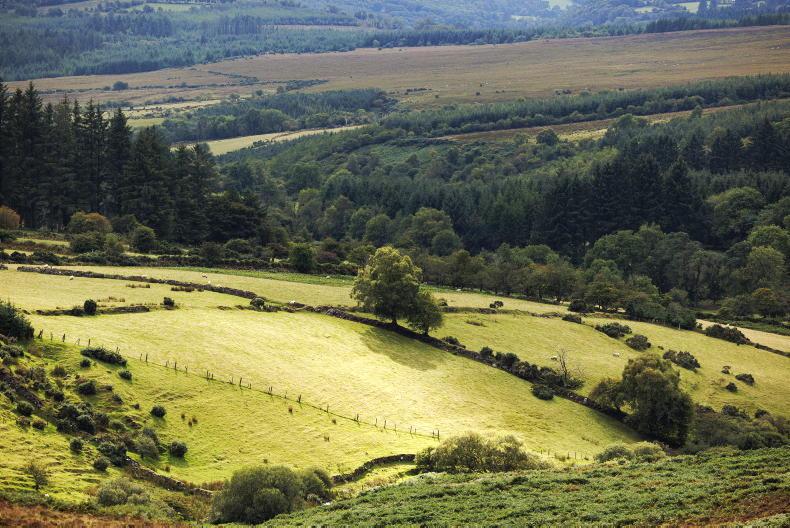Payments compensating farmers for operating in areas of natural constraint (ANC) are necessary to ensure that land in these areas is not abandoned, a new European Commission report has found.
The reported stated that preventing land abandonment is needed to maintain some habitats and species designated as protected under the habitats directive, particularity those found in grasslands.
There are habitats that are “partially or fully dependent on the continuation of agricultural practices” and could suffer if some farmers in ANC areas were to abandon land.
If farmer payments on these lands were to stop, ANC land falling out of production could also require areas already farmed intensively to ramp up output for overall food production to remain level.
Just under three out of every five acres of the EU’s utilised agricultural area is located within an ANC.
In 2022, Ireland’s ANC scheme paid 98,226 farmers a total of €245m, working out at an average of just under €2,500 per eligible farmer.
Environmental performance
The study found that ANC land performs better than non-ANC land on environmental metrics, such as low fertiliser usage, more extensive stocking rates and a lower use of pesticides.
ANC land holds more high nature value farmland than non-constrained lands, with more permanent pasture, traditional hay meadows and forestry.
Stocking rates are 46% lower in mountain ANC and 39% lower in non-mountain ANC than they are outside of ANC areas.
Some 80% the EU’s high nature value farmland was said to be found within ANC areas.






 This is a subscriber-only article
This is a subscriber-only article










SHARING OPTIONS: